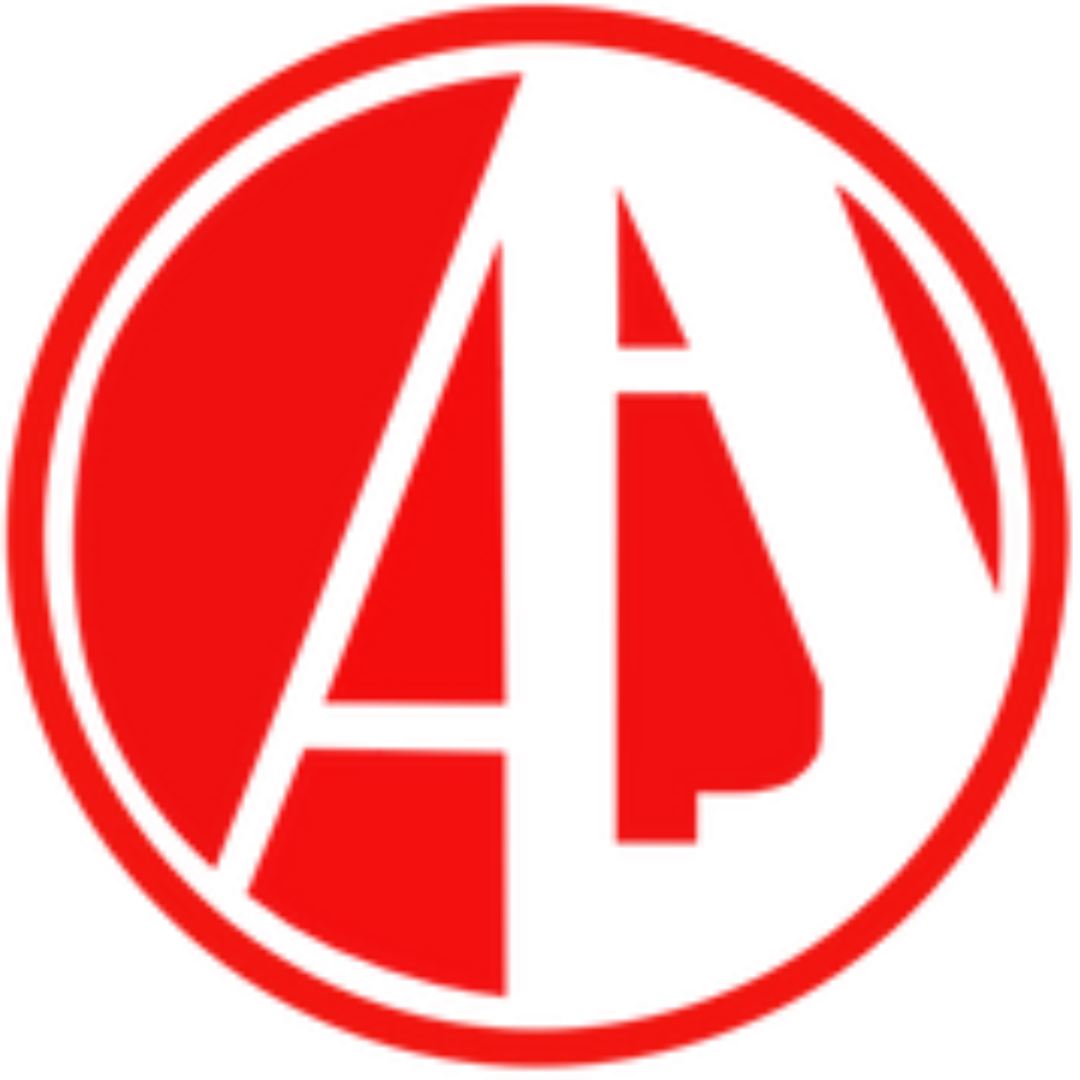The Instructional Design program at Sault College is designed to equip students with the knowledge and skills necessary to create effective and engaging instructional materials for a variety of educational and training settings. This program focuses on the principles of instructional design, learning theory, and the use of technology in instructional development. While I don't have access to specific details about the curriculum beyond my knowledge cutoff date in September 2021, I can provide you with a general overview of what you might expect from the Instructional Design program.
Here are some key aspects that may be included in the Instructional Design program at Sault College:
Learning Theory and Instructional Design Models: Students will study various learning theories and instructional design models that guide the development of effective instructional materials. They will explore theories such as behaviorism, cognitivism, and constructivism, and learn how to apply instructional design models to create engaging learning experiences.
Needs Assessment and Analysis: The program may cover the process of conducting needs assessments to identify learning goals and performance gaps. Students will learn how to analyze the needs of learners and stakeholders to inform the design of instructional materials that meet specific learning objectives.
Curriculum Development and Planning: Students will learn how to develop curriculum and instructional plans based on identified learning objectives and target audience needs. They will explore strategies for organizing and sequencing instructional content, as well as techniques for aligning instructional materials with desired learning outcomes.
Instructional Design Strategies and Methods: The program may cover a range of instructional design strategies and methods. Students will learn how to select and design appropriate instructional strategies, such as lectures, discussions, case studies, simulations, and multimedia presentations, to engage learners and promote effective learning.
Technology Integration in Instructional Design: Students will explore the use of technology in instructional design. They will learn how to leverage digital tools and resources to enhance instructional materials, such as interactive multimedia, e-learning platforms, learning management systems (LMS), and authoring software.
Assessment and Evaluation of Learning: The program may include instruction on designing assessments and evaluation methods to measure learning outcomes. Students will learn how to develop formative and summative assessments, analyze assessment data, and provide feedback to support learner progress and achievement.
Multimedia Development and Production: Students may receive training in multimedia development and production. They will learn how to create and incorporate multimedia elements, such as videos, audio recordings, graphics, and interactive elements, into instructional materials to enhance learner engagement and understanding.
Project Management and Collaboration: The program may emphasize project management skills and collaborative practices in instructional design. Students will learn how to manage instructional design projects, work effectively in teams, and communicate with stakeholders throughout the design and development process.
Quality Assurance and Continuous Improvement: Students will explore quality assurance principles and practices in instructional design. They will learn how to assess and improve the quality of instructional materials, incorporating feedback from learners and stakeholders to refine and enhance the effectiveness of the instructional design.
Ethical and Legal Considerations: The program may cover ethical and legal considerations in instructional design, such as copyright and intellectual property rights, accessibility requirements, and privacy concerns related to learner data and information.
Show less













